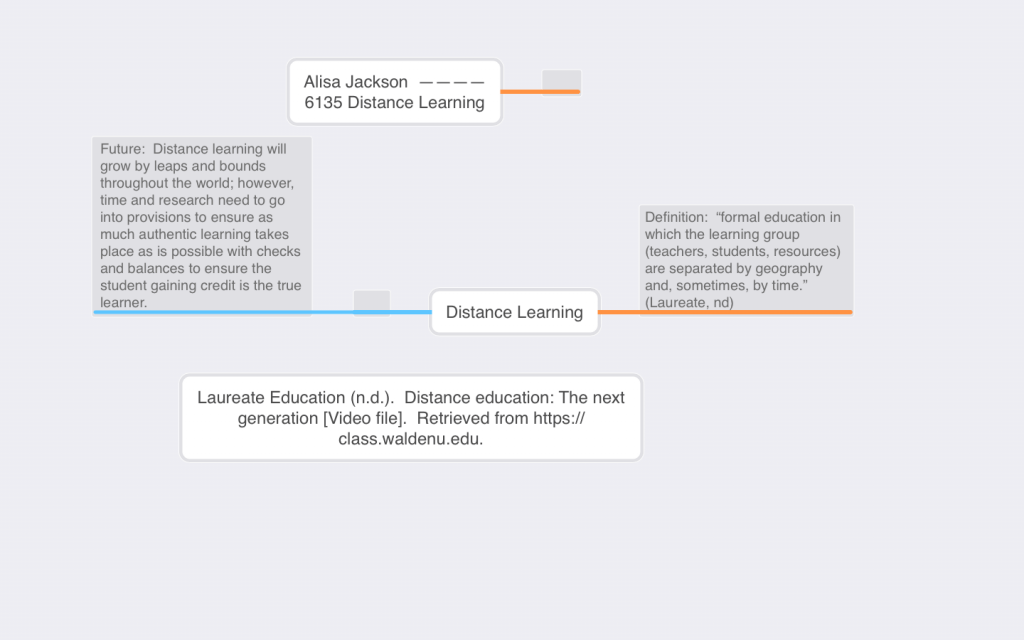What is Distance Learning? How do I see it evolving?
Dr. Simonson defines distance education as “formal education in which the learning group (teachers, students, resources) are separated by geography and, sometimes, by time.” (Laureate, (nd). I concur with his choice of description. Using his definition, distance learning has been around since the first documented correspondence course of Sir Isaac Pitman in 1840 where he taught shorthand in Great Britain (Freese, 2019). Through the years it has evolved into a big business if you include self-study e-learning programs. In my field of education, distance learning was a wonderful tool that saved the day for many educators and students during the last two years of pandemic isolation. Because of the available online resources, teachers remained employed and students were still educated. However, it has not all been a wonderful experience.
Along the way, we have learned benefits and pitfalls. Allowing teachers and learners to work from home has brought a more relaxed atmosphere to a sometimes stressful process. Personally, I loved teaching from my sofa and grabbing a quick snack while petting my three cats. However, dealing with the distractions and inattention of students is a very challenging task. Much time and effort was put forth to capture and keep the attention of my group of sixth graders.
While my school is back to brick-and-mortar classrooms, virtual schools are certainly growing in popularity. Huett warns that this type of education could turn into a “‘dumping ground ‘ for credit recovery among high school-age students (Huett, 2008). My concern centers around the potential for cheating no matter what age group is participating. Little or no control is available to prevent students from having others do their work for them. While cheating is sometimes a problem in the classroom, the opportunities seem to be limitless in the virtual world.
Freese, J. R. (2019, July 19). A History of Correspondence Course Programs. [web log]. Retrieved November 3, 2021, from https://courses.dcs.wisc.edu/wp/ilinstructors/2019/07/25/a-history-of-correspondence-course-programs/#:~:text=The%20first%20known%20reference%20to%20correspondence%20courses%20dates,eager%20to%20learn%20shorthand%20through%20weekly%20mailed%20lessons.
Huett, J.. Moller, L., Foshay, W., & Coleman, C. (2008). The evolution of distance education: Implications for instructional design on the potential of the web (Part 3: K12) TechTrends, 52(5), 63-67.
Laureate Education (n.d.). Distance education: The next generation [Video file]. Retrieved from https://class.waldenu.edu.



Alisa,
It is good to see you in another class! I will be following your blog!